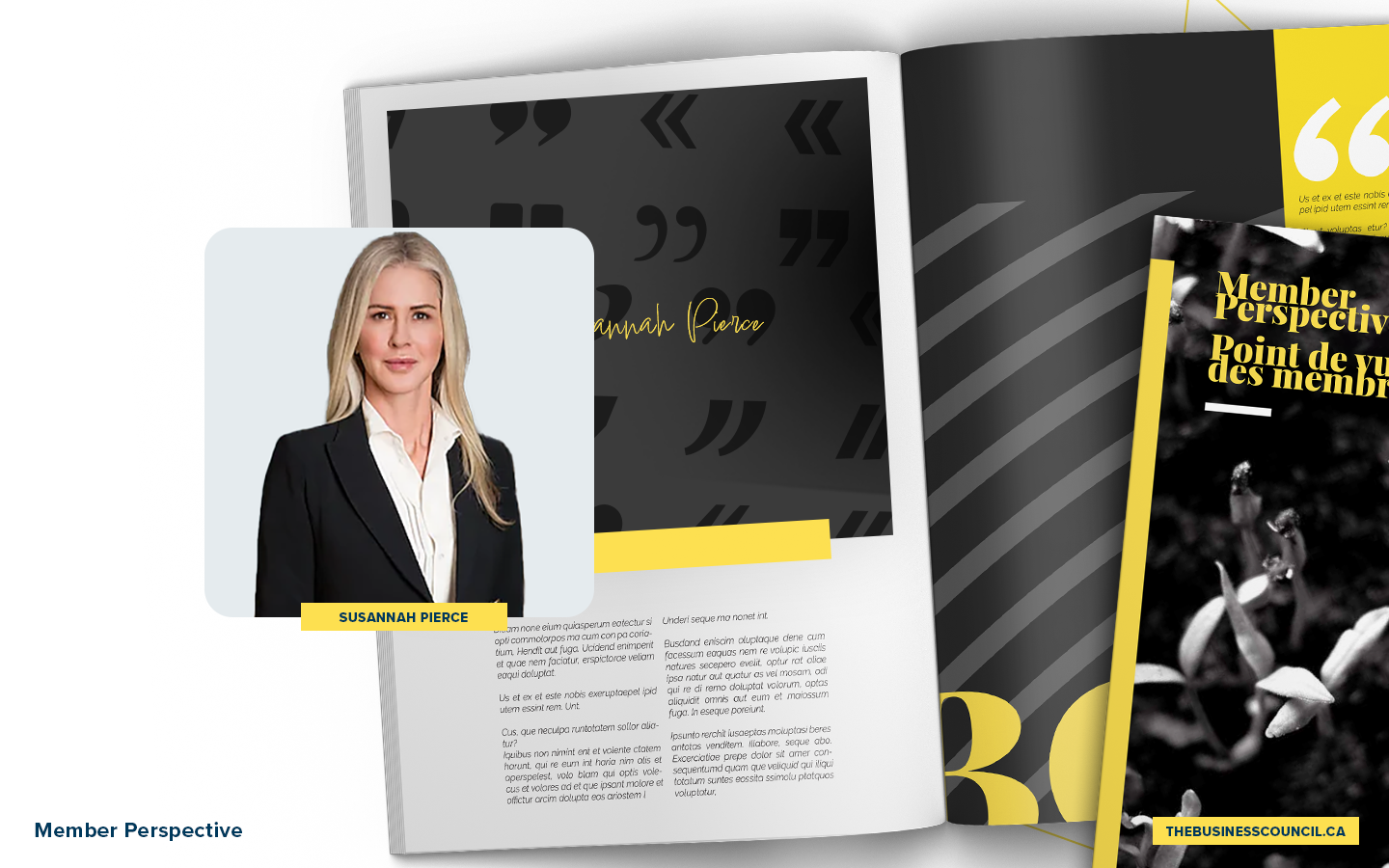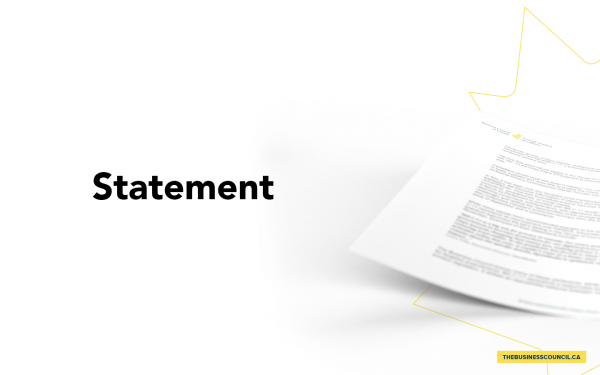Carbon capture sequestration is a critical technology in the energy transition
As published on LinkedIn
Recently the International Energy Agency (IEA) praised Canada’s efforts to help the energy industry reduce its emissions. The 261-page report titled Canada 2022 Energy Policy Review provides a comprehensive overview of what Canada is doing, along with industry, to help transform energy systems to meet society’s net zero ambitions.
One of the key technologies required to significantly reduce emissions is carbon capture and storage (CCS). The IEA declared Canada a global leader in this technology, where four of the world’s 26 CCS projects are located.
CCS isn’t new technology – we have projects right now that are capturing CO2 and storing it deep underground, preventing its release into the atmosphere. In fact, Shell started operating a CCS project in Alberta in 2015. Our Quest project recently reached an exciting milestone, capturing over 6 million tonnes of CO2 from our Scotford facility near Edmonton. That’s about equal to the emissions from 1.5 million cars a year.
Quest was originally designed as a ‘demonstration’ project to prove CCS technology works – with the goal of capturing around one third of CO2 emissions at Shell Scotford. Since 2015 we’ve shared what we’ve learned in operating Quest and publicly reported CO2 data to the government. The knowledge we’ve gained operating Quest will enable the next wave of CCS projects to capture more CO2 at higher efficiencies and at a lower cost.
It’s widely accepted that great strides in innovation and technology are rarely achieved in isolation. That’s certainly true in this instance. Quest is the direct result of strong collaboration between governments, investors, NGOs and industry – all of whom played a critical role in financing, developing and accelerating its deployment. I’m proud of Quest’s performance and of all the people who helped make it happen.
Last summer I was pleased to take part in announcing a potential new CCS project we are considering for our Shell Scotford Energy and Chemicals Park. The name of the project is Polaris and, if built, the initial phase of the project would capture and store approximately 750,000 tonnes of CO2 per year from Shell’s Scotford refinery and chemicals plant. It would reduce Shell’s direct and indirect emissions (Scopes 1 and 2) by up to 40 per cent from the refinery and by up to 30 per cent from the chemicals plant.
A potential second phase for Polaris holds even more potential. Phase two includes the creation of a CO2 storage hub in Alberta, further decarbonizing Shell’s facilities and storing emissions on behalf of third-party industry sources as a trusted and reliable CO2 storage operator. Fully built, and contingent on acquiring pore space leases from the Province of Alberta, Polaris could serve as a CO2 storage hub for more than 10 million tonnes of CO2 each year.
It’s early days for Polaris, but I always remind myself how Quest started as a demonstration project and is now one of the most successful CCS projects in the world.
Shell is a global leader in CCS technology development and deployment and much of that knowledge has been gained through operating Quest.
It’s a technology we have today. And it works.
Latest Member Perspectives
Canada needs a defence industrial strategy to secure its future
September 11, 2025










